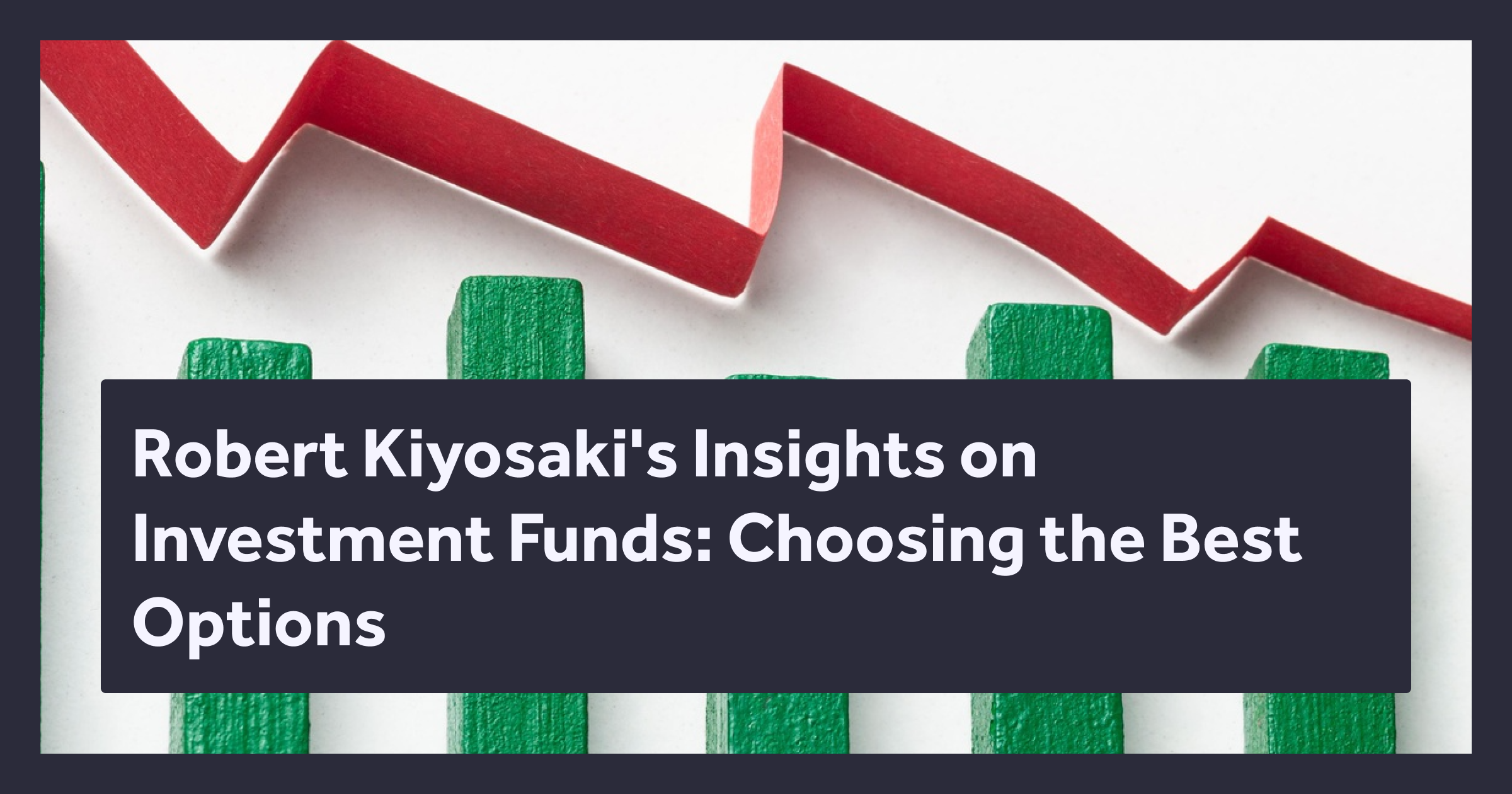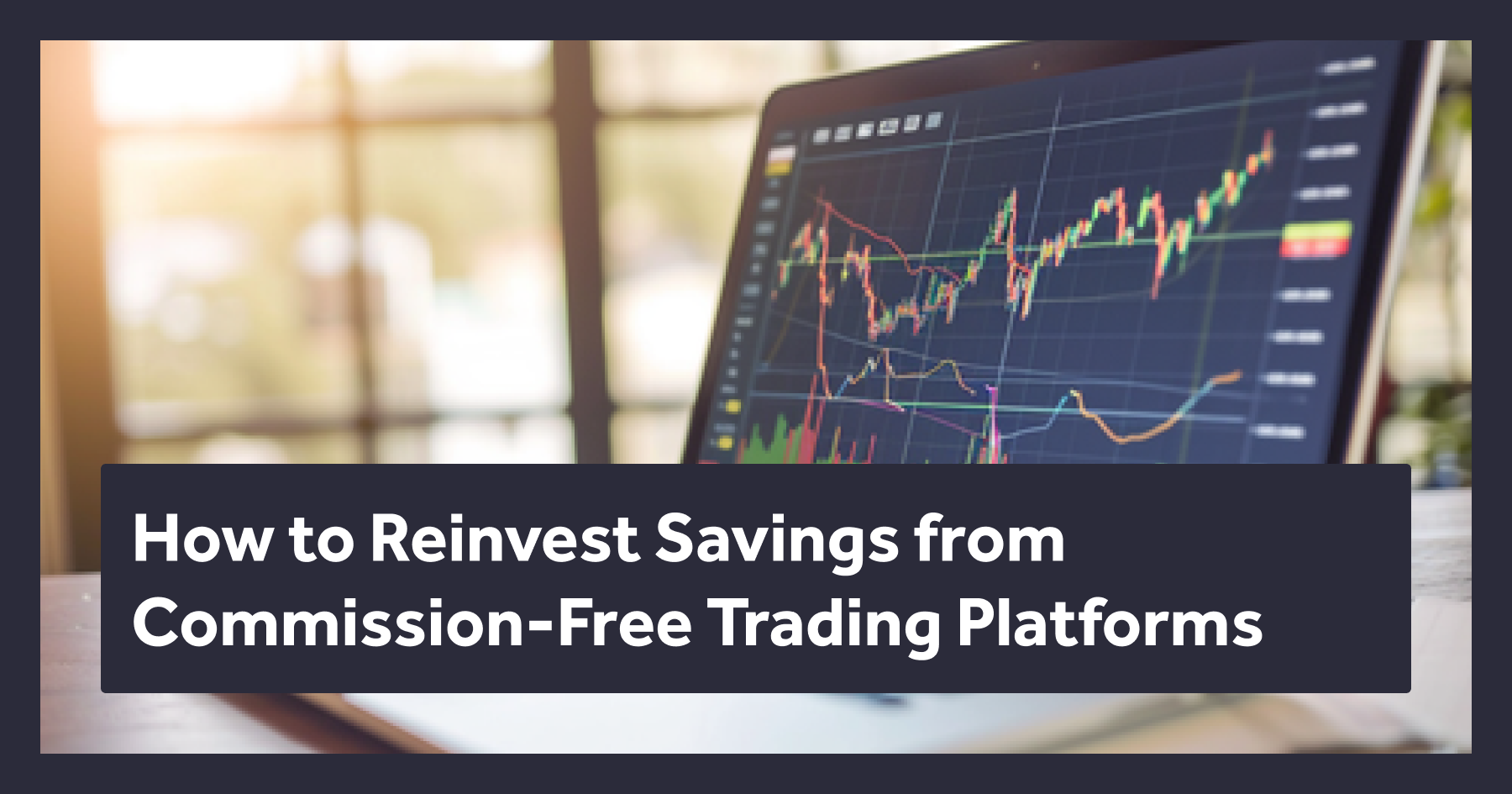
Changes in market conditions, emerging trends, and a disruptive financial landscape can make investment choices overwhelming. Increasingly, investors are grappling with a significant pain point: adaptation.
How do investors mold their pre-existing investment strategies to the dynamic nature of today's markets?
This article explores 7 dynamic investment strategies designed for these modern market conditions. These strategies provide unique opportunities to enhance your portfolio and maximize returns and help grow your wealth.
1. Value Investing
The first weapon in the modern investor's arsenal is value investing. This strategy is grounded in the notion of fundamental analysis. It involves purchasing stocks that appear undervalued by the market with the expectation that their true value will eventually be recognized.
Essentially, it's a bargain-hunting strategy. A value investor patiently waits until a stock's market price aligns with its true intrinsic value, making it a potentially fruitful strategy for investors in volatile markets. Remember, patience is a virtue for value investors.
2. Growth Investing
Closely on the heels of value investing is growth investing, another promising strategy for the savvy investor. Growth investors lay their bets on stocks of companies that showcase above-average projected growth in their earnings or revenues. Contrastingly, they tend to focus less on the current price of stocks. Instead, their focus is squarely placed on companies' potential to grow at an accelerated pace way beyond the overall market. By looking for this rapid growth, investors can reap benefits from rising stock prices.
3. Momentum Investing
If you can establish a pattern, why not make it work in your favor? Momentum investing is a strategy based on that philosophy. By tracking stocks that have been performing well recently and selling those that have been performing poorly, momentum investors 'ride the wave.' They bank on the continuation of existing trends, expecting that stocks doing well will continue to do well, and those underperforming will keep doing so. However, do note this requires a close eye on market trends and timely decisions to prevent losses.
4. Dollar-Cost Averaging
Market volatility is a major concern affecting investment decisions. Dollar-cost averaging may be an ideal strategy to grapple with this challenge. Rather than trying to time the market, investors can combat the uncertainty of price fluctuations by investing fixed amounts at regular intervals.
Recent data suggests that investors are gravitating toward more active strategies, such as dollar-cost averaging, with about 78% of investors in the US shifting towards these strategies in 2020. This regular, disciplined approach helps smooth out market volatility over time and can potentially lessen the risk of major financial losses.
5. Buy and Hold Strategy
Buy and hold is a strategy as old as investing itself. Simply put, it involves buying stocks and holding them for an extended period of time. This strategy essentially ignores short-term fluctuations in favor of a long-term investment horizon. It gives the invested assets time to develop and yield returns.
A study from the first quarter of 2022 shows that multi-strategy was the most common investment strategy among hedge funds worldwide, and “buy and hold” continues to be a significant part of these multi-strategic portfolios.
6. Diversification
The age-old proverb "don't put all your eggs in one basket" definitely holds for investing. Diversifying your investments can significantly decrease the risk-factor by spreading your investments across different asset classes—stocks, bonds, real estate, commodities such as Diamonds and more. This strategy aligns with the modern investor's approach to adaptability, providing a safety net against losses in one asset class by potential profits from another.

7. Modern Portfolio Theory
Modern Portfolio Theory (MPT) takes diversification a notch further. This strategy focuses on developing portfolios that yield maximum returns for a given level of risk. By diversifying across different asset types, and selecting investments that have low correlations with each other, MPT promotes a risk-managed approach to investing.
With the diversification of investment strategies, more investors are considering ESG issues. Statistics show that around 89% of investors considered ESG (Environmental, Social, and Governance) problems as part of their investment approach in 2022, up from 84% in 2021, which aligns with the pressing need for socially responsible investing.
Increasingly, investors are leaning toward blending both quantitative and qualitative strategies in their investment portfolios to create a more robust approach. This hybrid strategy utilizes both numerical data (quantitative) for statistical analysis and non-numerical aspects (qualitative) like a company's brand image or quality of management.
Let's delve deeper into each approach.
Blending Quantitative and Qualitative Strategies
Quantitative Approach In the quantitative approach, investors rely on concrete, measurable data points such as earnings per share (EPS), book value, return on equity (ROE), or debt-to-equity ratios. This investor, often fondly described as a 'number cruncher,' would tune into key financial figures presented in a company's balance sheet or income statement. The main advantage here is objectivity. However, a significant downside to relying solely on numerical data is that it often overlooks non-measurable, yet impactful factors such as market competition, company leadership, and potential changes in regulations.
Qualitative Approach That's where the qualitative approach fills in. These investors delve into company-specific factors not necessarily precipitated in balance sheets or income statements. They would scrutinize a company's leadership, business model, brand recognition, competitive advantage, corporate governance, regulatory environment, and so forth. The drawback here would be subjectivity and potential bias, as these factors are not readily measurable or comparable.
Blend of Quantitative and Qualitative A modern investor is often best served by skillfully blending both strategies—the quantifiable robustness of quantitative strategies and the emotive potency of qualitative factors. This blend can provide a more comprehensive view of a company's potential return on investment and risk. Factors such as business model, competitive environment, regulatory landscape, demographic trends are increasingly being factored into investment decisions, thus hinting at a stronger blend of both quantitative and qualitative approaches.
Adopting a Tailored Approach to Investment
While all the aforementioned strategies have their unique advantages, it's crucial to adopt those strategies that align best with your financial goals, risk appetite and investment horizon. This is where strategic asset allocation steps in.
Strategic Asset Allocation vs. Tactical Asset Allocation
Strategic Asset Allocation is more of a set-and-forget strategy. It involves allocation to different asset classes (like stocks, bonds, cash, etc.) based on your long-term investment objectives. Once done, you keep maintaining that allocation irrespective of market fluctuations.
Conversely, tactical asset allocation involves adjusting your portfolio's asset mix based on expected market conditions or short-term investment opportunities. It aims for a slightly aggressive asset management style than its counterpart and so it may require constant market monitoring. Thus, here you take a more active stance in the management of your portfolio. There's no one-size-fits-all approach to investment and both models offer their unique pros and cons.
Role of Institutional Investors
Lastly, we cannot undermine the role of institutional investors such as investment funds, insurance companies, and pension funds in the modern financial landscape. These entities act as significant collectors of savings and suppliers of funds to financial markets. As financial intermediaries, their impact on investment strategies has increased significantly over recent years. This growth has been further spurred by the deregulation and globalization of financial markets. This underlines the fact that understanding institutional behavior and trends can be beneficial for forecasting market movements and seizing investment opportunities.
Final Thoughts
Today's investment world is complex yet ripe with opportunities. The array of investment strategies to create wealth and manage risk is diverse, each with its unique edge. But remember, a truly sage investor recognizes that the best strategies often incorporate a blend of various approaches, adapting to evolving markets, and aligning with their goals. Thus, the seven strategies enlisted alongside tactical versus strategic asset allocation, quantitative and qualitative elements in investment decisions, and the consideration of ESG issues are essential tools to have in today's smart investor's arsenal.
Becoming a modern investor is not just about keeping a pulse on market trends but also about having a range of strategies ready to deploy when needed. It's about understanding that investing is both a science and an art, blending the tangible and intangible to traverse the dynamic landscape of investing. With the right mix of these strategies and continued learning, the modern investor can truly unlock rewarding opportunities in their investment journey.




